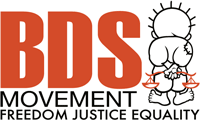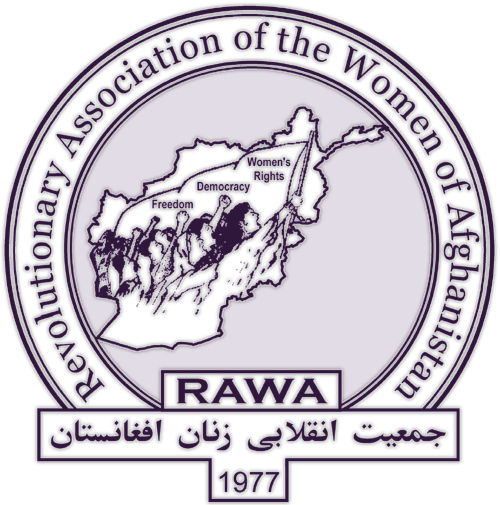Saudi Arabia
Obama's final year: a CounterVortex scorecard
Our last annotated assessment of Barack Obama's moves in dismantling, continuing and escalating (he has done all three) the oppressive apparatus of the Global War on Terrorism (GWOT) must inevitably be viewed in light of the current countdown to the death of democracy and the imminent despotism of Donald Trump. The fact that the transition is happening at all is a final contradiction of Obama's legacy. He is fully cooperating in it, even as his own intelligence agencies document how the election was tainted. Following official findings that Russia meddled in the elections, the White House has slapped new sanctions on Russia—deporting 35 Russian officials suspected of being intelligence operatives and shutting down two Russian facilities in New York and Maryland, both suspected of being used for intelligence-related purposes. The latest bizarre revelation—that Russian intelligence can blackmail Trump with information about his "perverted sexual acts" involving prostitutes at a Moscow hotel—broke just hours before Obama delivered his Farewell Address in Chicago. The speech was surreally optimistic in light of the actual situation in the country, and contained only a few veiled swipes at Trump. The best of them was this: "If every economic issue is framed as a struggle between a hardworking white middle class and undeserving minorities, then workers of all shades will be left fighting for scraps while the wealthy withdraw further into their private enclaves."
Saudi air-strikes kill over 90 at Yemen prison
Air-strikes carried out by the Saudi-led coalition killed at least 90 prisoners and injured dozens more in the Zaydiyah district of the Red Sea port city of Hudaydah, Yemen on Oct. 29. The prison housed up to 84 prisoners and was bombed for hours, resulting in the collapse of the building. The bombing occurred hours after a peace agreement between Yemeni rebels of the Houthi movement and Saudi Arabia failed. Before the airstrikes began, Saleh Al Samad, the head of Yemen's Supreme Political Council, accused the coalition of committing human rights abuses in Yemen. The bombings were part of a series of strikes that occurred throughout the day, resulting in a multitude of deaths and injuries. The death toll continues to rise as first responders clear out the area. Ironically, many of those who were detained at the Houthi-controlled prison were actually opponents of the rebels. The coalition has yet to make a comment on the bombing.
Yemen and Syria: fearful symmetry
Russia used its veto power on the UN Security Council Oct. 8 to kill a French-backed resolution demanding an immediate end to air-strikes on besieged Aleppo. Venezuela, shamefully (but not surprisingly), also voted against it. This was the fifth time Russia has used its veto to kill a UN resolution on Syria since the war began more than five years ago. (Reuters) The aerial terror remains unrelenting. On Oct. 13, a Russian or Assad regime air-strike (it matters little which) killed at at least 15 at a marketplace in rebel-held eastern Aleppo. (Rudaw) Secretary of State John Kerry has called for an investigation of possible war crimes by Russia and the Assad regime.
Growing internationalization of Yemen war
Two missiles fired from territory held by Houthi rebels in Yemen fell just short of a US warship patrolling the Red Sea, the Navy said Oct. 10. The attack took place just north of the Bab al-Mandab Strait, which connects the Red Sea to the Gulf of Aden. The destroyer USS Mason had been "conducting routine operations in international waters," the Pentagon said in a statement. A day earlier, the Arab coalition fighting the Houthis accused the rebels of firing a ballistic missile toward the southwestern Saudi city of Taif. The missile was one of two that the Saudi-led coalition intercepted that day, the coalition said. Both attacks were apparent retaliation for an Oct. 8 air-strike by the Saudi-led coalition that killed at least 140 and wounded over 500 at a funeral in Sanaa. In the aftermath of the strike, Yemen's ex-president Ali Abdullah Saleh—who has allied his loyalist forces with the Houthis—called for a mobilization along the Saudi border "to take revenge."
Congress overrides veto of 9-11 bill
The US Congress on Sept. 28 overrode President Barrack Obama's veto of a bill that will allow the families of 9-11 victims to sue Saudi Arabia. Obama had vetoed the Justice Against Sponsors of Terrorism Act (JASTA), stating that it violates international standards of sovereign immunity, and may set a dangerous precedent for the US to be held liable by foreign courts. Obama stated that the decision was necessary to uphold US national interests. Congress voted overwhelmingly to override Obama's veto, with the Senate voting 97-1 and the House 348-77. This is the first veto overridden during Obama's presidency.
Obama vetoes bill approving 9-11 lawsuits
US President Barack Obama on Sept. 23 vetoed a bill that would have allowed 9-11 victims and their families to sue Saudi Arabia, citing concerns that it would open US diplomats and servicemen to suit abroad. Congress overwhelmingly approved the Justice Against Sponsors of Terrorism Act (JASTA) earlier this year, with support from both parties for the bill that would allow federal suits against foreign nations determined to have had a hand in terror acts. In rejecting the law, Obama stated:
House approves 9-11 suits against Saudi Arabia
The US House of Representatives approved legislation (PDF) Sept. 9 that would allow US nationals to seek relief from foreign governments believed to have had involvement with a terrorist attack taking place within the US that caused physical damage to that citizen's person or property. The Act, titled the "Justice Against Sponsors of Terrorism Act," would allow families of those killed in the 9-11 terrorist attacks to sue the government of Saudi Arabia. President Barack Obama is in opposition to the bill because of its major foreign policy implications, including the possibility that US approval of the Act would open the country up to receiving civil suits by foreign nationals in return. The Saudi government has warned that if such legislation is enacted it may begin selling off up to $750 billion in Treasury securities and other assets. The US government maintains that Saudi Arabia did not fund the 9-11 attacks. The bill was approved by the Senate in May, and Obama has threatened to veto it.
Russia accused of using cluster munitions in Syria
Human rights organizations on Sept. 1 claimed mounting evidence shows Russia is behind the increasing number of cluster bombings in Syria. The accusations were levied in response to the annual Cluster Munition Monitor report (PDF) which found that Syrian government forces used 13 types of cluster munitions in more than 300 attacks. The cluster munition report maintains that civilians instead of opposition forces are often killed or harmed during munition usage, as some of the bombs have delayed detonation devices, essentially making them landmines. The report claims that not only are most of the munitions manufactured by Russia but also that the spike in their usage did not occur until after the joint Russian-Syrian military partnership began in September 2015.















Recent Updates
7 hours 37 min ago
7 hours 52 min ago
21 hours 8 min ago
21 hours 13 min ago
1 day 8 min ago
1 day 31 min ago
1 day 35 min ago
3 days 23 hours ago
6 days 22 hours ago
1 week 21 hours ago